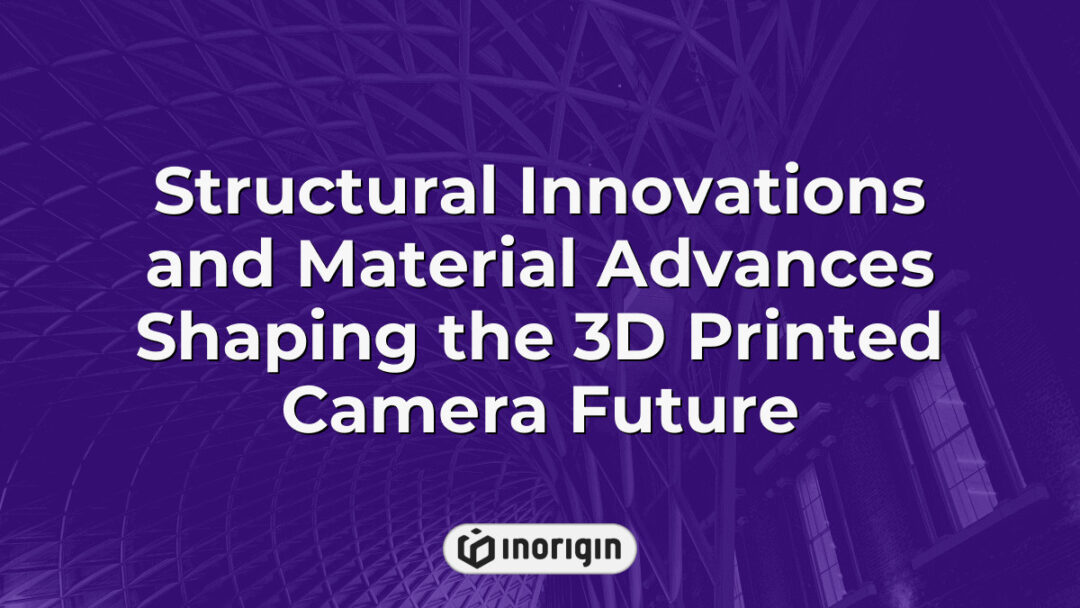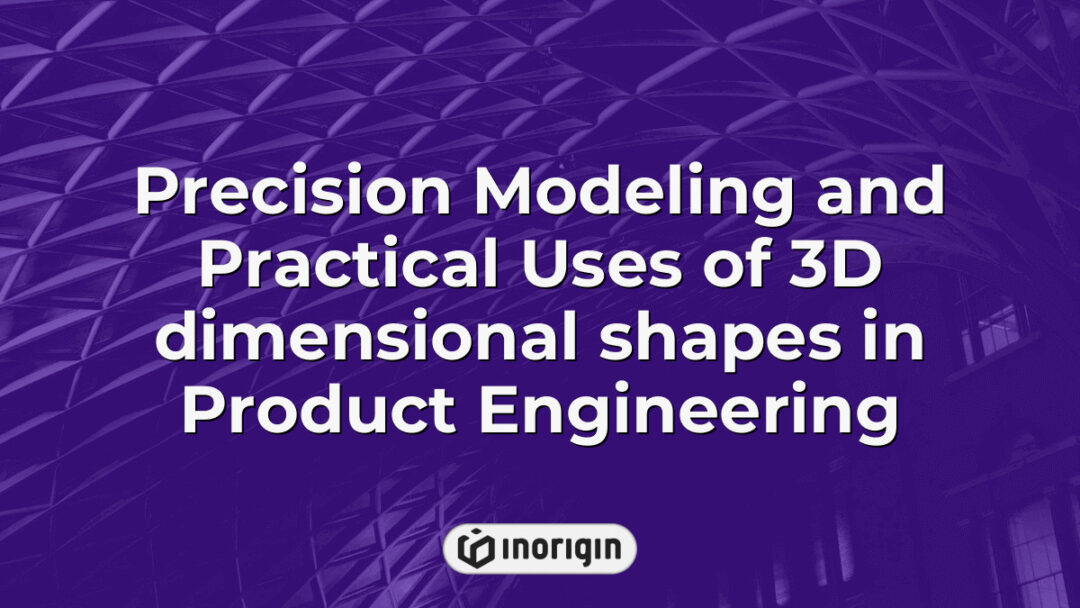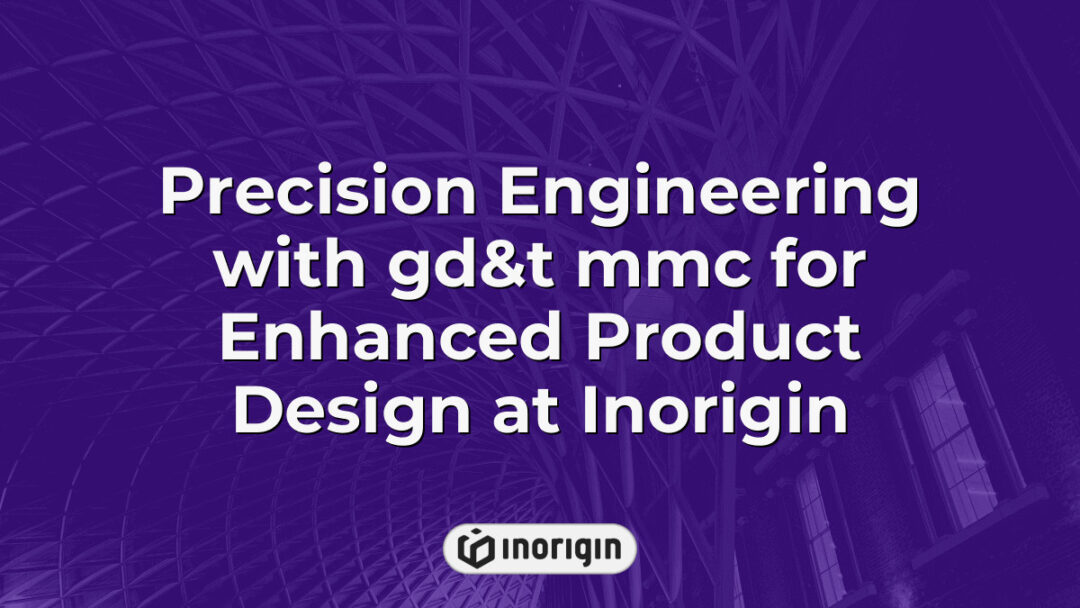In the realm of revolutionary technology, the convergence of creativity and engineering has birthed a groundbreaking innovation: the 3D printed camera. This captivating confluence of craftsmanship and contemporary manufacturing not only democratizes photography but also redefines traditional notions of design and production. By embracing three-dimensional printing techniques, this novel approach enables enthusiasts and professionals alike to fabricate bespoke imaging devices tailored to individual preferences and artistic visions. The implications for personalization in photographic equipment extend beyond mere aesthetics; they herald a transformational shift in how images are captured, shared, and ultimately perceived in an increasingly digital world.
| Aspect | Key Takeaway |
|---|---|
| Innovation | The 3D printed camera represents a fusion of creativity and engineering, enabling customized imaging devices tailored to individual preferences and advancing personalized photography. |
| Customization | Advanced 3D printing techniques allow for personalized camera designs, satisfying both professional photographers and enthusiasts seeking unique, ergonomic solutions. |
| Materials | Utilizing materials like thermoplastics and resins through FDM and DLP Resin processes ensures durable and functionally optimized camera components. |
| Challenges | Ensuring precise sensor alignment, structural stability, and meticulous calibration are critical to achieving high-quality performance in 3D printed cameras. |
| Industry Expertise | At Inorigin’s 3D printing studio, integrating product engineering and rapid prototyping supports the creation of robust and aesthetically refined 3D printed camera designs. |
| Future Trends | Emerging innovations include AI integration and sustainable materials to enhance user experience and minimize environmental impact in camera manufacturing. |
| Accessibility | Open-source digital files and advanced printing technologies democratize design capabilities, empowering users to develop custom camera solutions without compromising quality. |
History And Evolution Of 3D Printed Cameras
The history and evolution of 3D printed cameras can be understood through the gradual integration of digital technologies into traditional camera design. Initially, analog cameras dominated the photographic landscape, characterized by their mechanical components and reliance on film-based technology. However, with advancements in digital imaging and computer-aided design (CAD), new opportunities emerged for innovative approaches to camera construction. The advent of 3D printing in the early 21st century marked a significant turning point; this additive manufacturing technique enabled rapid prototyping and customization, thus allowing designers to experiment with unconventional shapes and mechanisms that were previously unfeasible within conventional production methods. As a result, many creators have embraced 3D print technologies to produce both functional and experimental camera designs, fostering a unique intersection between artistry and engineering. This shift not only democratized access to photography but also spurred further innovation within the field, paving the way for hybrid devices that blend elements from both analog and digital paradigms. The ongoing exploration of materials, such as thermoplastics and composites suitable for 3D printing, continues to influence the trajectory of camera development, suggesting an exciting future for photography enthusiasts looking towards customizable options rooted in modern technological advances.
How 3D Printing Technology Is Transforming Camera Design
The advent of 3D printing technology has fundamentally transformed camera design, facilitating unprecedented levels of customization and innovation. Initially, the focus on additive manufacturing in this field primarily centered around the production of individual components; however, it has evolved to encompass complete designs for 3D printed cameras that can be tailored to meet specific user needs. This shift not only reduces manufacturing costs but also enables smaller manufacturers and hobbyists to contribute creatively to the industry by crafting unique camera accessories that may not be available through conventional retailers. Furthermore, advancements in materials science have led to stronger and more versatile filaments being developed, expanding the possibilities for creating durable yet lightweight structures in both cameras and their accessories. As a result, these technological advancements foster an environment where experimental designs can flourish and niche markets—such as those focused on retro or unconventional aesthetics—can gain traction among consumers who seek differentiation from mainstream products. Thus, the fusion of 3D printing with camera design is reshaping user experiences while challenging traditional paradigms within the photographic community.
Materials And Techniques For 3D Printing Cameras
The adoption of 3D printing technology in camera design necessitates a thorough examination of the materials and techniques employed in this innovative process. Primarily, various types of 3D printers are utilized, each designed to work with specific filament types such as thermoplastics, resins, or metals. For instance, Fused Deposition Modeling (FDM) is frequently applied for producing lightweight camera components using readily available PLA or ABS filaments, which can be sourced from free online repositories that offer compatible digital files. Alternatively, Stereolithography (SLA) enables higher-resolution prints by utilizing photosensitive resin; however, it requires specialized equipment often at a higher cost than traditional methods. Moreover, advancements in multi-material 3D printing allow for the integration of different materials within single print runs, facilitating more complex designs that improve functionality and ergonomics of cameras. As these technologies continue to evolve, the accessibility of customizable designs through open-source platforms empowers both amateur enthusiasts and professional photographers alike to explore unique configurations tailored to their requirements without substantial financial investment. The utilization of free digital files further encourages innovation across communities engaged in photographic arts and engineering disciplines.
Challenges And Solutions In Creating 3D Printed Cameras
The pursuit of creating 3D printed cameras presents a paradoxical challenge; despite the advanced capabilities of modern technology to produce sophisticated devices, the endeavor often results in seemingly simplistic contraptions that question conventional photography norms. Addressing these challenges requires an understanding of several critical factors influencing the design and functionality of such cameras. First, achieving stability in camera structure is essential for capturing high-quality images; thus, material selection plays a pivotal role in ensuring durability (1). Similarly, optimizing sensor alignment remains vital, as inaccuracies can lead to distorted images or loss of focus altogether (2). Furthermore, integrating functionalities like mm panoramic capability necessitates intricate calibration processes alongside meticulously designed components (3). Lastly, although lensless photography offers innovative possibilities within this domain, it imposes unique limitations on image quality and perspective rendering that must be navigated effectively (4). Consequently, overcoming these challenges not only demands ingenuity but also underscores the transformative potential inherent in merging traditional photography with cutting-edge 3D printing technologies.
Future Trends And Innovations In 3D Printed Cameras
The evolution of 3D printed cameras presents a juxtaposition between traditional manufacturing processes and the innovative capabilities offered by digital fabrication. On one hand, conventional camera production relies heavily on intricate machining and assembly, often resulting in high margins for both cost and complexity. Conversely, the advent of 3D printing technology has revolutionized this paradigm by enabling manufacturers to create customized components directly from digital files, thus streamlining design-to-production timelines. Furthermore, advancements in materials science have led to the development of stronger, lighter polymers that are suitable for use in durable camera bodies. This shift not only enhances performance but also democratizes access to photography equipment through free online repositories where individuals can download compatible d print files for personal use or modification. Looking ahead, trends suggest an increasing integration of artificial intelligence within 3D printed cameras, facilitating real-time adjustments during image capture while enhancing user experience through automation. The ongoing exploration of sustainable printing techniques may further solidify the role of 3D printed cameras as a viable option in environmentally conscious consumer markets.
Frequently Asked Questions
What Is The Cost Of A 3D Printed Camera Compared To Traditional Cameras?
The cost of a 3D printed camera can be likened to the variability in a painter’s palette, as it encompasses a broad spectrum influenced by various factors such as materials, design complexity, and technological capabilities. In contrast to traditional cameras, which often involve significant expenditures on brand reputation, established manufacturing processes, and imported components, 3D printed cameras offer an appealing alternative. The affordability of additive manufacturing allows for reduced production costs while enabling customization tailored to individual preferences. Furthermore, advancements in 3D printing technology have made it possible to produce intricate designs that might not be feasible through conventional methods; however, these benefits are tempered by potential caveats regarding durability and performance. Overall, while initial investment in materials and printer technology must also be accounted for when assessing the overall expenditure associated with producing a 3D printed camera, its relative cost-effectiveness compared to traditional alternatives signifies its growing prominence within the realm of photography.
Are There Any Specific Brands Or Models That Specialize In 3D Printed Cameras?
The emergence of 3D printing technology has, akin to a tectonic shift in the landscape of photographic equipment, prompted innovation among various brands and models specializing in this domain. Significant contributions have been made by companies such as Formlabs and DLSR Magic, which have pioneered the development of customizable camera components that cater to both amateur enthusiasts and professional photographers. Furthermore, several startups have entered the market, offering bespoke solutions tailored specifically for individual needs; notable examples include Re-vision Camera and Tinkerbots. These entities underscore the increasing accessibility of personalized photography tools resulting from advancements in additive manufacturing techniques. It is important to observe that while traditional manufacturers focus on mass production techniques, these emerging brands leverage 3D printing’s unique advantages—such as reduced costs and customization potential—to carve out a niche market characterized by versatility and ingenuity. As such, the interplay between established industry players and innovative newcomers paints a comprehensive picture of a rapidly evolving field intrigued by technological possibilities.
How Durable Are 3D Printed Cameras In Comparison To Conventional Cameras?
The durability of 3D printed cameras, when compared to conventional cameras, warrants critical examination due to the contrasting materials and manufacturing processes employed. Traditional cameras are typically constructed using high-quality metal alloys and engineered plastics that exhibit significant strength and resistance to environmental factors such as moisture and temperature fluctuations. Conversely, 3D printed cameras often utilize thermoplastics or resin-based materials, which may not possess the same structural integrity. While advances in additive manufacturing technologies have resulted in improved material properties—such as increased tensile strength and flexibility—the inherent limitations of certain 3D printing materials raise concerns regarding long-term reliability under rigorous usage conditions. Furthermore, components produced by conventional methods benefit from precise calibration through established quality control processes; in contrast, the variability associated with 3D printing can affect part accuracy and overall performance stability. Ultimately, while some 3D printed designs may achieve satisfactory levels of durability for casual use, they may fall short of meeting the demands expected from professional-grade traditional camera systems.
Can Users Customize Their Own Designs For 3D Printed Cameras?
The advent of 3D printing technology has unveiled a canvas for creativity, allowing users to sculpt their own camera designs much like an artist shaping clay. This remarkable capability empowers individuals to tailor aspects such as size, weight, ergonomic features, and aesthetic appeal according to personal preferences or specific photographic needs. Moreover, the customization process extends beyond mere appearance; it encompasses functional modifications that can enhance performance characteristics, such as lens compatibility and internal structure optimization for light manipulation. Consequently, the democratization of design is facilitated by accessible software tools which enable both novice and experienced users to create innovative solutions that may not be available in commercially produced cameras. As this trend continues to develop, it underscores a broader movement within technological domains towards user-centric innovation, wherein consumers increasingly take on the roles of designers and manufacturers. Such evolution signifies a pivotal shift in how photography equipment might be approached in the future, potentially redefining traditional paradigms of production and ownership while inspiring a new wave of personalized imaging experiences.
What Are The Safety Considerations When Using 3D Printed Camera Components?
The integration of 3D printed components in camera manufacturing has raised various safety considerations that warrant thorough examination. For instance, consider a hypothetical scenario involving a photographer utilizing a 3D printed lens mount. If this component is fabricated from low-quality filament or inadequately designed, the potential failure during use could lead to damaging both the camera and associated equipment, as well as pose risks to individuals on set. Consequently, it is imperative to evaluate material properties such as strength, thermal resistance, and chemical stability when selecting materials for 3D printing applications in cameras. Furthermore, attention must be directed towards the design’s structural integrity; poorly conceived geometries can compromise performance and reliability under operational stresses. Additionally, there are concerns regarding the environmental impact of using certain plastics which may not decompose effectively after their life cycle concludes.
To ensure safety while embracing innovation within the realm of 3D printed camera components, meticulous consideration should be given to sourcing high-quality biocompatible materials and adhering strictly to established industry standards throughout the design and production process. By prioritizing these precautions, users can mitigate risks associated with malfunctioning parts—ultimately preserving valuable creative endeavors without compromising on safety or quality.
Conclusion
The advent of 3D printed cameras heralds a revolutionary metamorphosis in photography, enabling an unprecedented fusion of creativity and technology. As barriers dissolve, boundless innovation will propel photographers into realms previously unimaginable, where artistry thrives unshackled by conventional constraints, crafting unique narratives that redefine the very essence of visual storytelling.
Related posts:
- Precision Monitoring and Enhanced Control with 3D Printer Camera Technology
- Mastering Lighting and Composition for Stunning 3D Printer Pictures at Inorigin
- Precision Techniques to Create 3D Model from Photos for Flawless Product Design
- Precise Techniques to Generate 3D Model from Photos for Flawless Product Design
- Advanced Techniques and Industry Applications of 3D Picture Technology at Inorigin
- Precision Techniques and Materials for a Captivating 3D Print Photo Experience




